Insect & Pests
All Insect & Pests Content
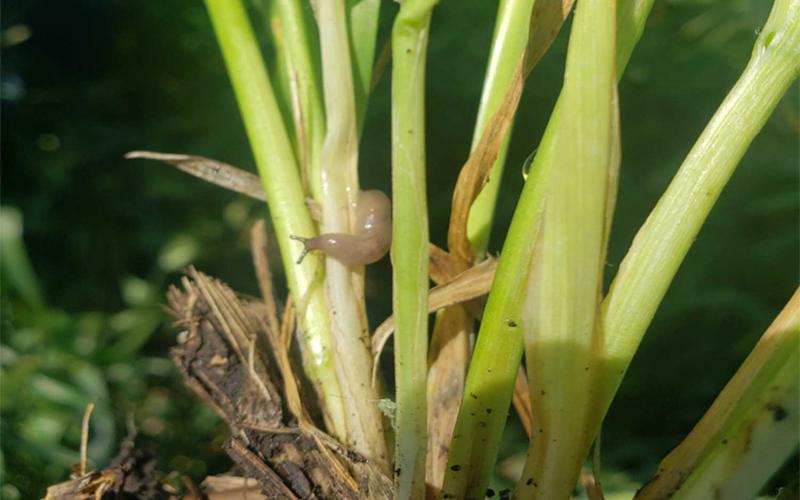
Slugs Causing Issues in Some South Dakota Wheat Fields
Slug activity in wheat fields has been reported in South Dakota. Although slugs are not normally an issue in South Dakota crops, they can pose a threat when field conditions are just right.
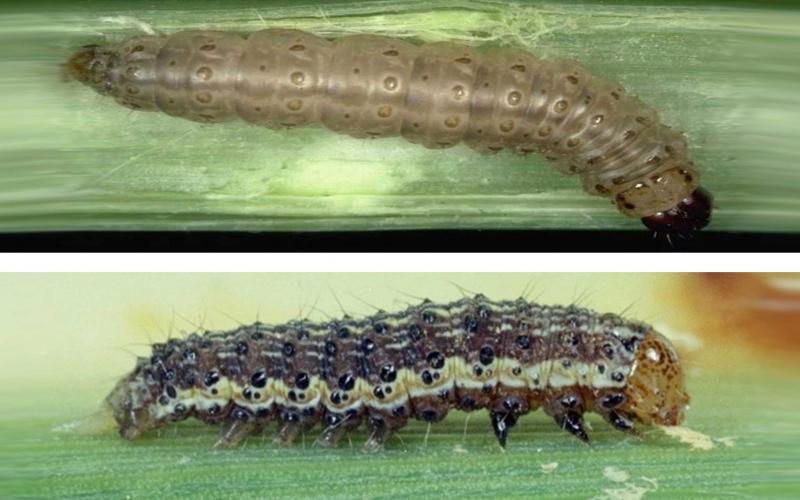
Caterpillars Active in South Dakota Corn Fields
Both European corn borer (Ostrinia nubilalis) and corn earworm (Helicoverpa zea) are active in corn fields. Sometimes the caterpillar activity and identity of these two species can be confused.
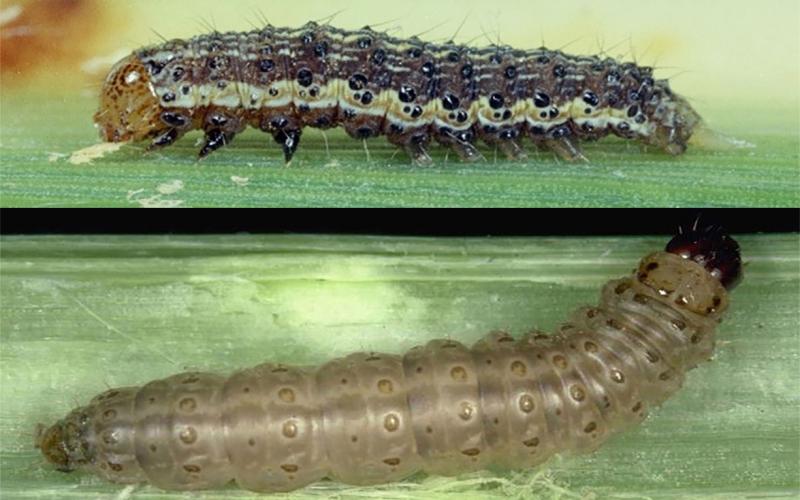
A Case of Mistaken Caterpillar Identity
Tweets about European corn borer (Ostrinia nubilalis) caterpillars in the stems of conventional corn and feeding in the whorls of corn are crossing my Twitter feed. Unfortunately, there is a problem with some of these tweets. Not all of the caterpillars that are being identified as European corn borer caterpillars are actually European corn borer caterpillars!

Black Cutworm Caterpillars Are Actively Feeding in South Dakota
We received numerous reports this week of small holes in V1-V2 corn plants. The holes are the result of early instar cutworm caterpillar feeding and, more specifically, black cutworm caterpillars. After hatching, black cutworm caterpillars initially feed on the leaves. As they develop and become larger, they pose a clipping or cutting threat to corn.

Watch Corn for Bronzed Cutworm Activity
Bronzed cutworms are not a common pest of corn in South Dakota. However, they can become an issue when corn is planted into areas that were previously grassland. Like its name implies, bronze cutworms feed on corn above the soil surface, which often results in cutting or clipping.
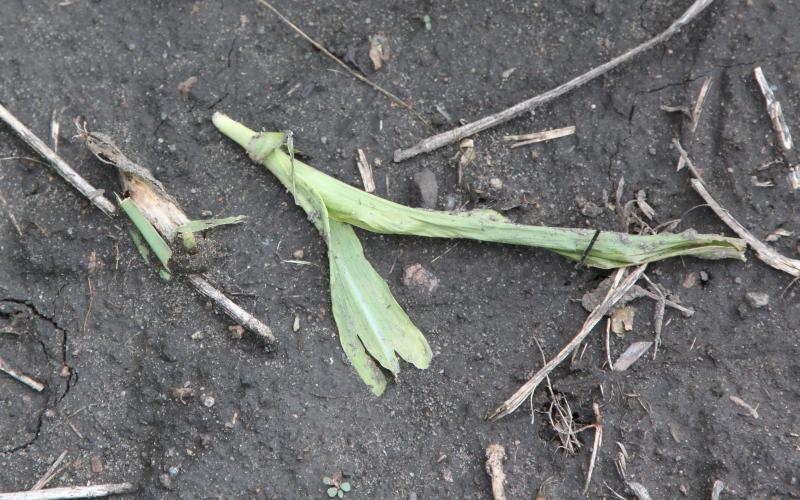
Monitor Newly Emerged Corn for Black Cutworm Activity
There are several important insect pests that can severely injure corn during the early vegetative stages. One of these pests is the black cutworm. Although black cutworm caterpillars injure corn by feeding on leaf tissue, the serious damage occurs when caterpillar feeding results in the cutting of young corn plants.

How to Identify Common Stalk Borers and Thresholds
As corn is being planted, it is important to remember that there are insect pests capable of injuring young, vegetative corn. One such pest is the common stalk borer. Although common stalk borer outbreaks are sporadic, when present in high numbers they can cause significant yield loss.

An identification guide to common Dung Beetles of South Dakota
A guide of common dung beetles of South Dakota.
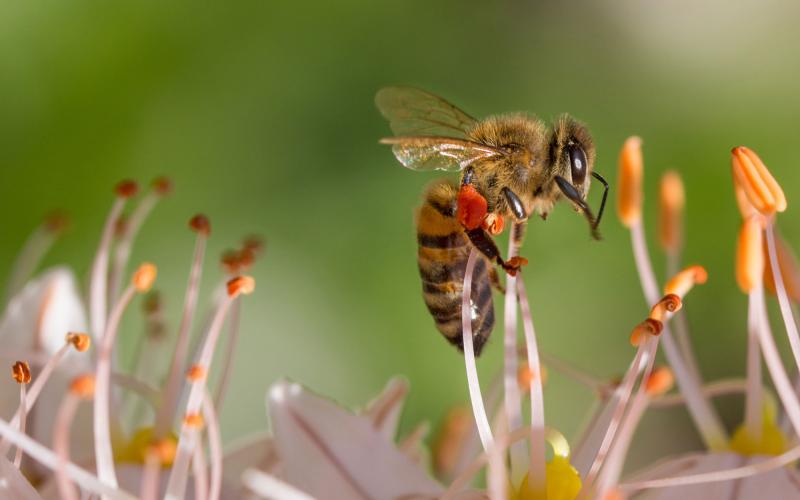
Pollinators Party
In this lesson, participants will learn how plants reproduce and how to identify pollinators that help plants.

Squash Bugs Are Active and Ready to Kill Your Plants
Squash bugs are a headache for gardeners almost every year in South Dakota. As their name implies, squash bugs feed on squash along with many other cucurbits. Injury caused by extensive feeding appears as wilting and may result in the death of infested plants.